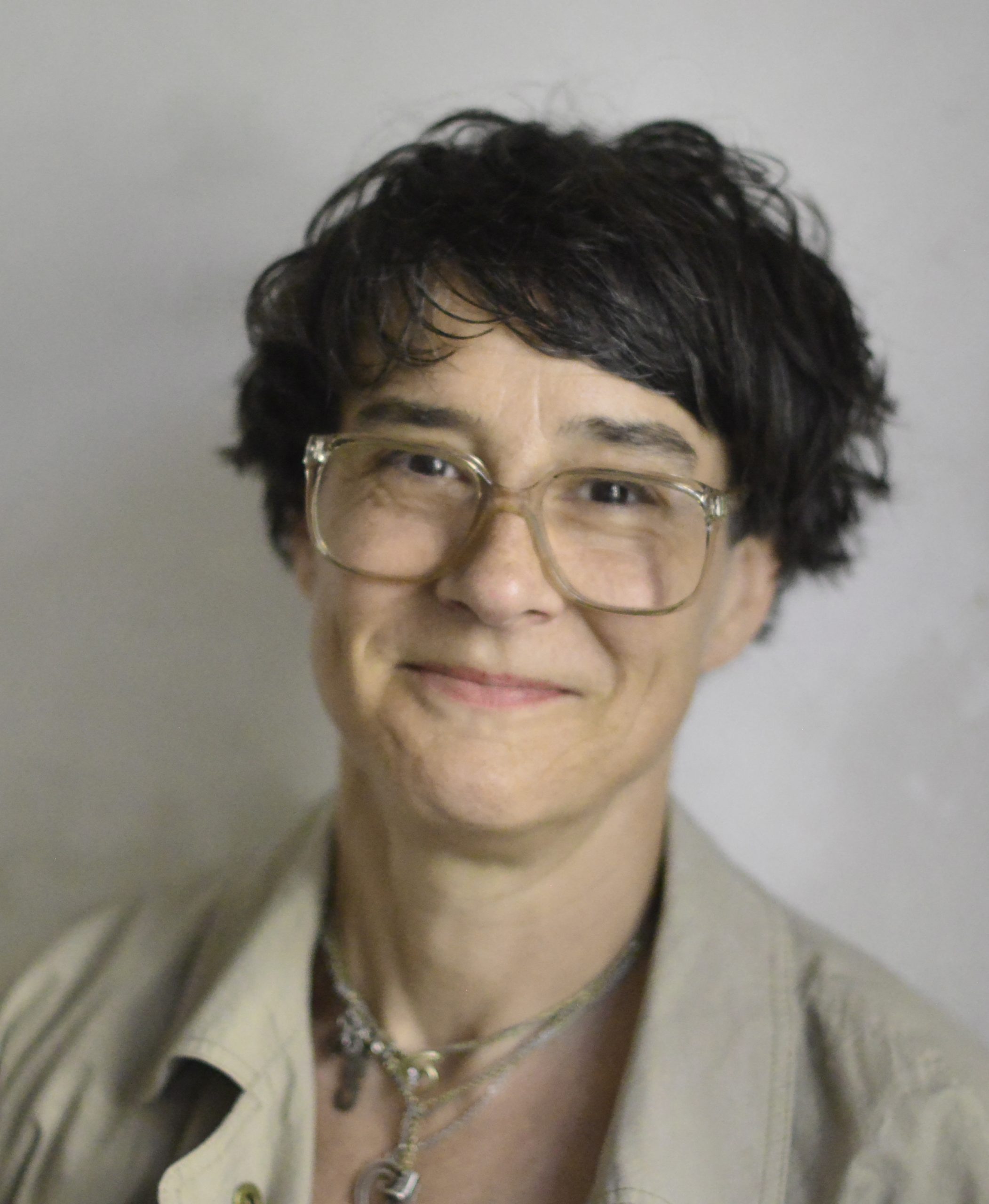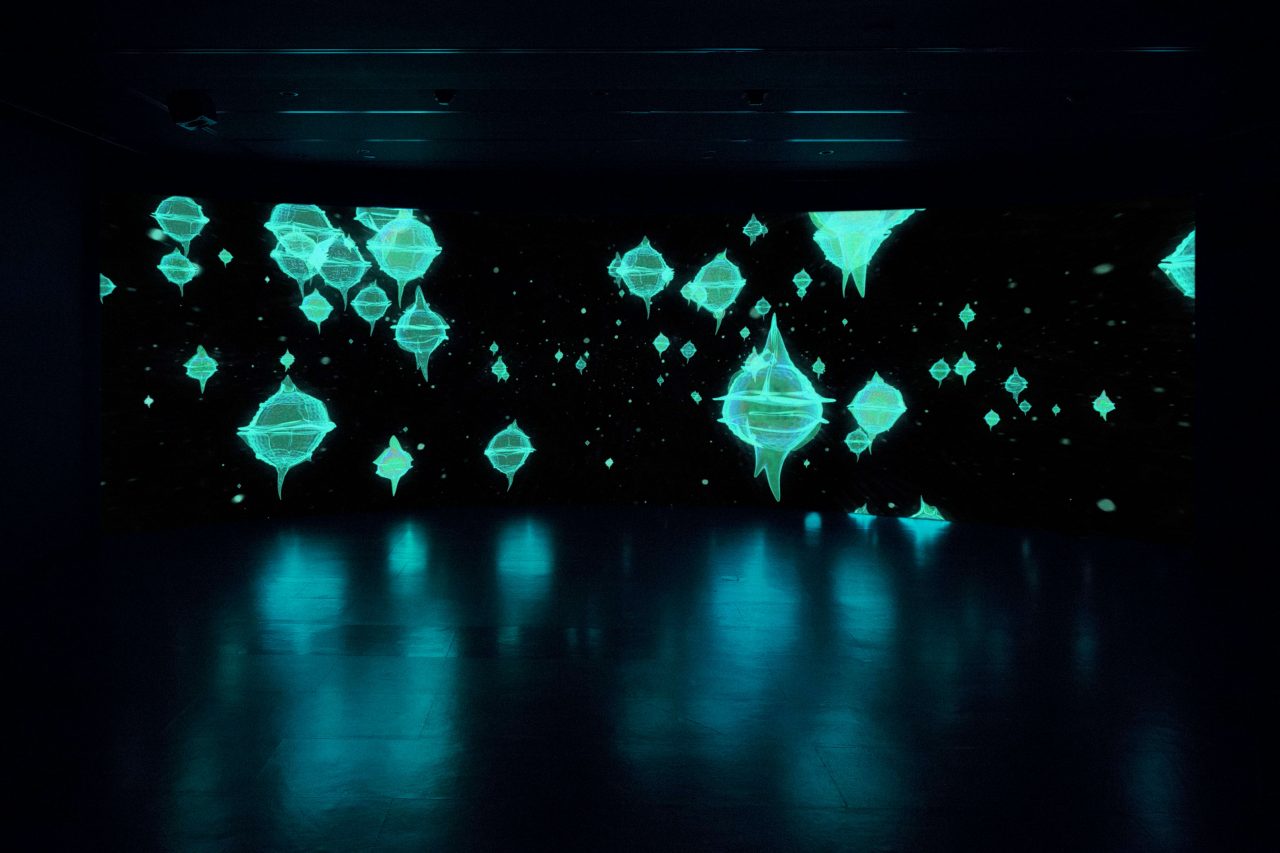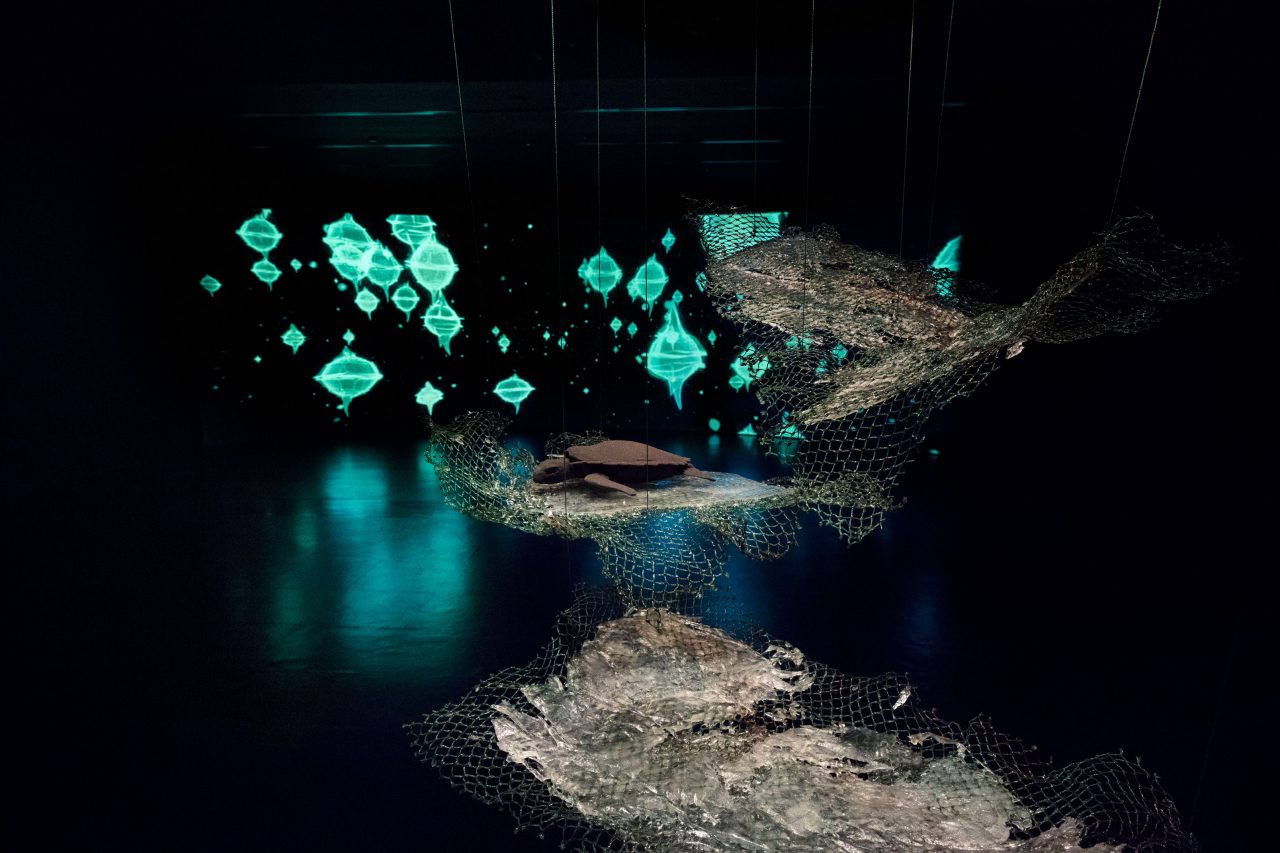Artists
Susanne M. Winterling
Susanne M. Winterling (born in Rehau, Germany; lives in Berlin, Germany, and in Trondheim, Norway) explores the alliances that might be made across bodies of knowledge, technologies, species (animal, vegetal, bacterial), and the material world. Interweaving documentary and fiction, she highlights how such alliances can inform various kinds of thought and awareness. She employs a range of media—sculpture, video, photography, performance—in a sprawling practice that probes different perceptual approaches and critically revisits representations of reality. Taking inspiration from both natural and digital contexts, she imagines the living and the nonliving creating aesthetic and political solidarities that could respond to current environmental issues.
- Born
- Rehau, Germany
- Countries / Nations
- Germany / Germany + Norway
- Lives
- Berlin, Germany, and Trondheim, Norway
- Website
- susannewinterling.com

Works

Susanne M. Winterling, planetary opera in three acts, divided by the currents, 2018, installation view, Empty Gallery, 2018. Courtesy of the artist and the Empty Gallery (Hong Kong) © VG Bild-Kunst (Bonn)

Susanne M. Winterling, planetary opera in three acts, divided by the currents, 2018, installation view, Empty Gallery, 2018. Courtesy of the artist and the Empty Gallery (Hong Kong) © VG Bild-Kunst (Bonn)
Wet Futures
In the installation planetary opera in three acts, divided by the currents, Winterling immerses us in a hypnotic world featuring swirls of strange, glowing creatures. Gently engulfed in an underwater soundtrack—the sounds of turtle shells hatching, crab claws rubbing together, and other oceanic noises—an ancient form of microalgae called dinoflagellates meander in and out of frame like luminescent spindles. Brushed by a fish or caressed by a wave, these tiny organisms emit light through a chemical reaction called bioluminescence. Almost invisible to the naked eye, they are a vital source of food for many other species, and their presence is a sign of the health of a marine ecosystem. A sudden algal bloom at the surface is an indication that the water is seriously out of biological balance. The opaque shield formed by aquatic plants is not arbitrary or damaging contamination, but the sign of a complex and poetic interspecies alliance from which Winterling suggests that we draw other methodologies. At once a reversal of scale and a fallback solution to anthropocentric logic, planetary opera in three acts, divided by the currents draws our attention to the agency of nature and how digital technologies borrow from it. Dinoflagellates, like touchscreens activated with the press of a finger, respond to touch. Through one of the earliest forms of life on Earth, Winterling invites science and imagination, natural and synthetic, to dance together by delving into their encounters in a nonbinary perspective.